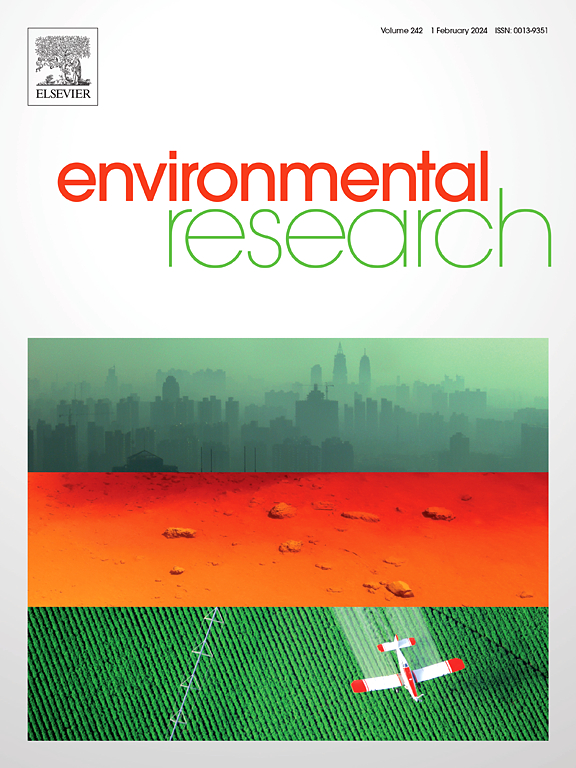从污泥厌氧消化中回收腐殖质作为潜在肥料的研究进展:量化、效率及其与污染物的相互作用。
IF 7.7
2区 环境科学与生态学
Q1 ENVIRONMENTAL SCIENCES
引用次数: 0
摘要
本文综述了从污泥厌氧消化中回收腐殖质(HS)作为潜在肥料的研究进展,重点介绍了HS的量化、HS的回收效率及其与污染物的相互作用。指出了目前污泥中HS量化存在的误区。污泥中存在的HS显示出作为肥料的潜力,它可以溶解不溶性磷酸盐,提高土壤肥力。厌氧污泥消化前的预处理和污泥厌氧消化堆肥(ADS)提高了厌氧消化液中HS的含量。但从ADS残留物中提取HS的量远低于普通HS肥料所需的量。因此,将ADS的滞留物加工成HS液肥需要额外的浓度。综述了HS中醌类化合物在厌氧微生物呼吸中接受电子及其在降解有机污染物中的作用。通过与HS的结合,污泥中金属的形态从水溶性和交换性转变为有机和硫化物结合的组分。未来的研究应侧重于机器学习在污泥中HS量化的新应用,为解释复杂的荧光数据提供实用的方法,并增强对HS特征和分布的理解。进一步的研究应探索利用水热腐殖化提高ADS中HS含量,为可持续农业的快速施肥提供一种节能方法。本研究为研究ADS后HS的恢复提供了一个窗口。本文章由计算机程序翻译,如有差异,请以英文原文为准。

A review on the recovery of humic substances from anaerobic digestate of sludge as a potential fertilizer: Quantification, efficiency and interaction with pollutants
This study reviewed the recovery of humic substances (HS) from anaerobic digestate of sludge as a potential fertilizer, focusing on the quantification of HS, the efficiency of HS recovery, and its interaction with pollutants. The potential pitfalls of current misunderstanding for HS quantification in sludge were pointed out. HS present in sludge showed potential to be used as a fertilizer, which solubilized insoluble phosphates for enhanced soil fertility. Pretreatment prior to anaerobic sludge digestion and composting of anaerobic digestate of sludge (ADS) improved the amount of HS in anaerobic digestate. But the amount of HS extracted from the retentate of ADS was much lower than the level required for the common HS fertilizer. Therefore, an additional concentration was required to process the retentate of ADS into HS liquid fertilizer. The quinone moieties in HS accepted electrons from anaerobic microbial respiration and their role in the degradation of organic pollutants were summarized. By binding with HS, the speciation of metals in sludge was changed from water-soluble and exchangeable to organic- and sulfide-bound fractions. Future research should focus on the novel application of machine learning for quantifying HS within sludge, offering a practical approach to interpret complex fluorescence data and enhance understanding of HS characteristics and distribution. Further studies should explore the application of hydrothermal humification to enhance HS content in ADS, offering an energy-efficient method for rapid fertilization in sustainable agriculture. This study offers a window into HS recovery from ADS.
求助全文
通过发布文献求助,成功后即可免费获取论文全文。
去求助
来源期刊

Environmental Research
环境科学-公共卫生、环境卫生与职业卫生
CiteScore
12.60
自引率
8.40%
发文量
2480
审稿时长
4.7 months
期刊介绍:
The Environmental Research journal presents a broad range of interdisciplinary research, focused on addressing worldwide environmental concerns and featuring innovative findings. Our publication strives to explore relevant anthropogenic issues across various environmental sectors, showcasing practical applications in real-life settings.
 求助内容:
求助内容: 应助结果提醒方式:
应助结果提醒方式:


